Architecture (AAS)
Design of Built Environments (AAS)
The Associate of Applied Science in Design of Built Environments offers an interdisciplinary approach to design and environmental stewardship in architecture or landscape architecture. Students create proposals that protect ecology, reduce environmental impacts, and benefit the community. Evidence-based iterative design processes serve as the foundation for developing proposals for built environments that address diverse needs. Emphasis is placed on clear communication from professional presentations to detailed construction documents. Guided by faculty actively practicing in architecture and landscape architecture, students acquire design and technical skills needed to enter the profession.
* This degree program cannot be offered to 100% online students in the following states:
Arkansas, DC, Kansas, Maryland, Minnesota, Mississippi, New York, North Carolina, Oregon, Puerto Rico, Rhode Island, Virginia, Wisconsin.
Associate of Applied Science (AAS) Degree
Available Online & On Campus
Core Classes
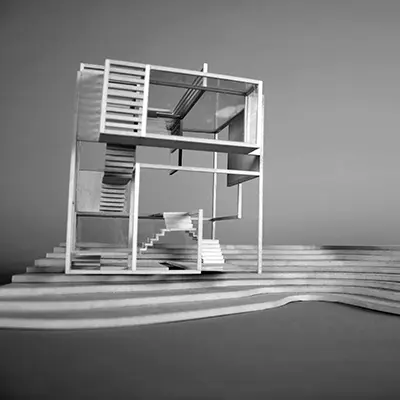

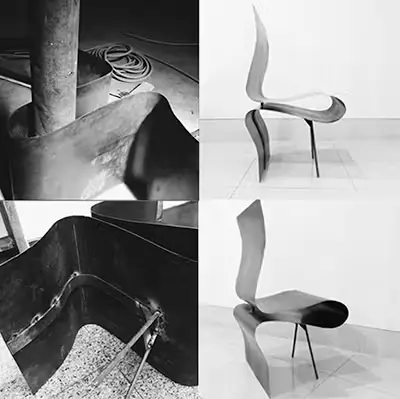
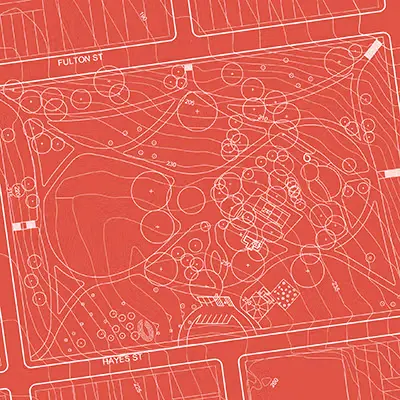
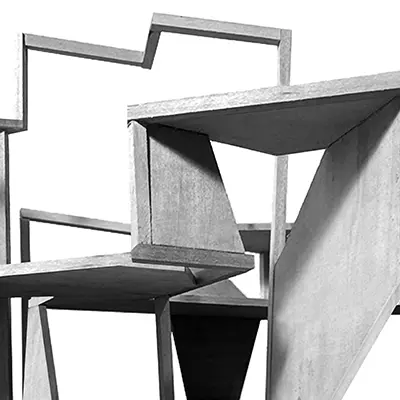
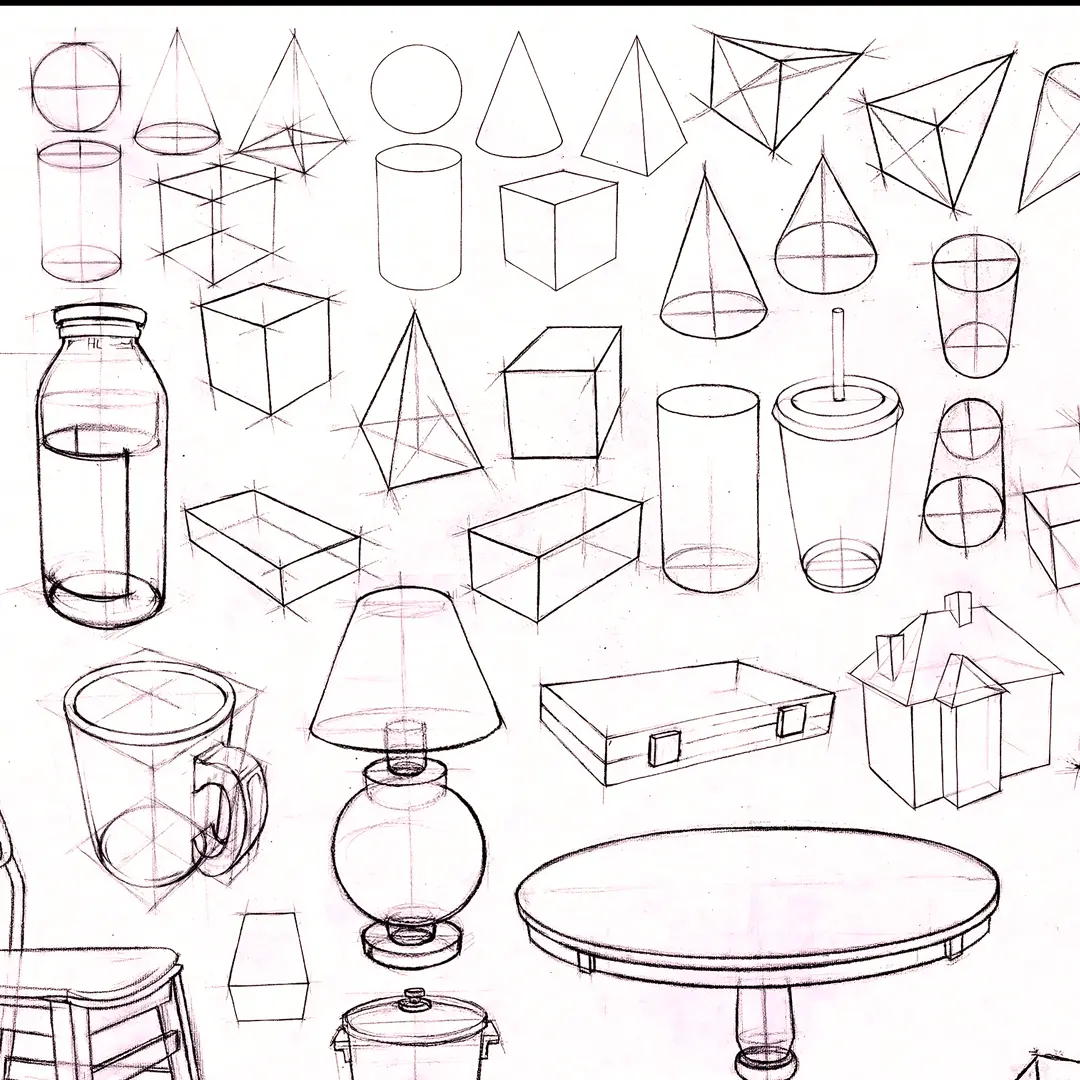
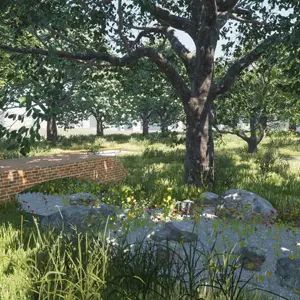


Unit Requirements
| Major Coursework | Units |
|---|---|
| Core | 18 |
| Sophomore Portfolio | 6 |
| Major | 15 |
| Liberal Arts | 21 |
| Total | 60 |
Degree Requirements
AAS DESIGN OF BUILT ENVIRONMENTS DEGREE REQUIREMENTS
- Minimum grade of C- in all major coursework, LA 115, and LA 117.
- Minimum 2.0 GPA and the following general education requirements:
1 Art & Design Communication course
1 Applied Math course
1 Fundamental Math course
1 Ecological Systems course
1 History course
1 Architecture Employment Communications & Practices course
After above general education requirements are met, take Liberal Arts electives as needed to fulfill the Liberal Arts unit requirement.
Additional Information

Program Learning Outcomes
Undergraduate students will meet the following student performance criteria.
Design Concept and Process
- Use an iterative design process to incorporate feedback and refine proposals.
- Articulate and extend conceptual thinking through diagrams.
Fundamental Design
- Develop proposals for built environments that address site and program needs.
- Apply criteria to compare and evaluate design decisions.
- Produce accurate orthographic, isometric, and perspective drawings to convey design intent.
- Develop fluency in using digital and analog tools in combination for ideation and iteration.
- Demonstrate commitment to a high level of craft and attention to detail.
Presentation
- Explain design proposals using professional vocabulary.
- Create visual presentations with logical sequencing, layout composition, and a hierarchy of information.
Leadership and Community
- Demonstrate sensitivity to diverse lived experiences in the design of sustainable and equitable built environments.
Environmental Stewardship
- Protect ecology and reduce environmental impacts in the design of built environments.
Technical Knowledge
- Incorporate regulatory requirements and sustainability principles in site design.
- Produce construction documents using industry-standard drawing conventions.
Academy of Art University Learning Outcomes
Graduates of the Academy of Art University will demonstrate the ability to:
- Produce a body of work suitable for seeking professional opportunities in their chosen field of art and design.
- Solve creative problems within their field of art and design, including research and synthesis of technical, aesthetic, and conceptual knowledge.
- Communicate their ideas professionally and connect with their intended audience using visual, oral, and written presentation skills relevant to their field.
- Execute technical, aesthetic, and conceptual decisions based on an understanding of art and design principles.
- Use professional terminology to evaluate their work and work in the field.
- Recognize the influence of major cultural and aesthetic trends, both historical and contemporary, on art and design products.
- Learn the professional skills and behaviors necessary to compete in the global marketplace for art and design
- Engage with a variety of communities beyond the classroom through internship opportunities, study abroad programs, student interest clubs, and participation in collaborative, civic, and pro bono projects.
*Semester plans are subject to change at any time. Semester breakdowns displayed are suggested and additional options are available to help customize your educational experience. Speak to an admissions or student services representative for more information. Please see our catalog for more details at: https://catalog.academyart.edu